Beyerdynamic Aventho 300 review: Falling short of the best
Why you can trust Android Central
Our expert reviewers spend hours testing and comparing products and services so you can choose the best for you. Find out more about how we test.
Premium headphones come from various brands, and competing with them comes with expectations to stand out. Beyerdynamic thinks it has the goods to do so in the Aventho 300, its top-of-the-line wireless headphones built to take on the best in the business.
The company’s heritage in studio-quality headphones and headsets, dating back a century, is part of what sets the tone here, though the playing field is tough to win in today. That’s all the more evident when considering what sets this pair apart from the likes of Sony and Bose.
Beyerdynamic Aventho 300: Price and availability

Beyerdynamics launched the Aventho 300 in September 2024 and you can find them at a number of retailers in stores or online. They cost $400, though may see a price drop in time as they continue to stay available in the market. They come in black or Nordic grey.
Beyerdynamic Aventho 300: What’s good
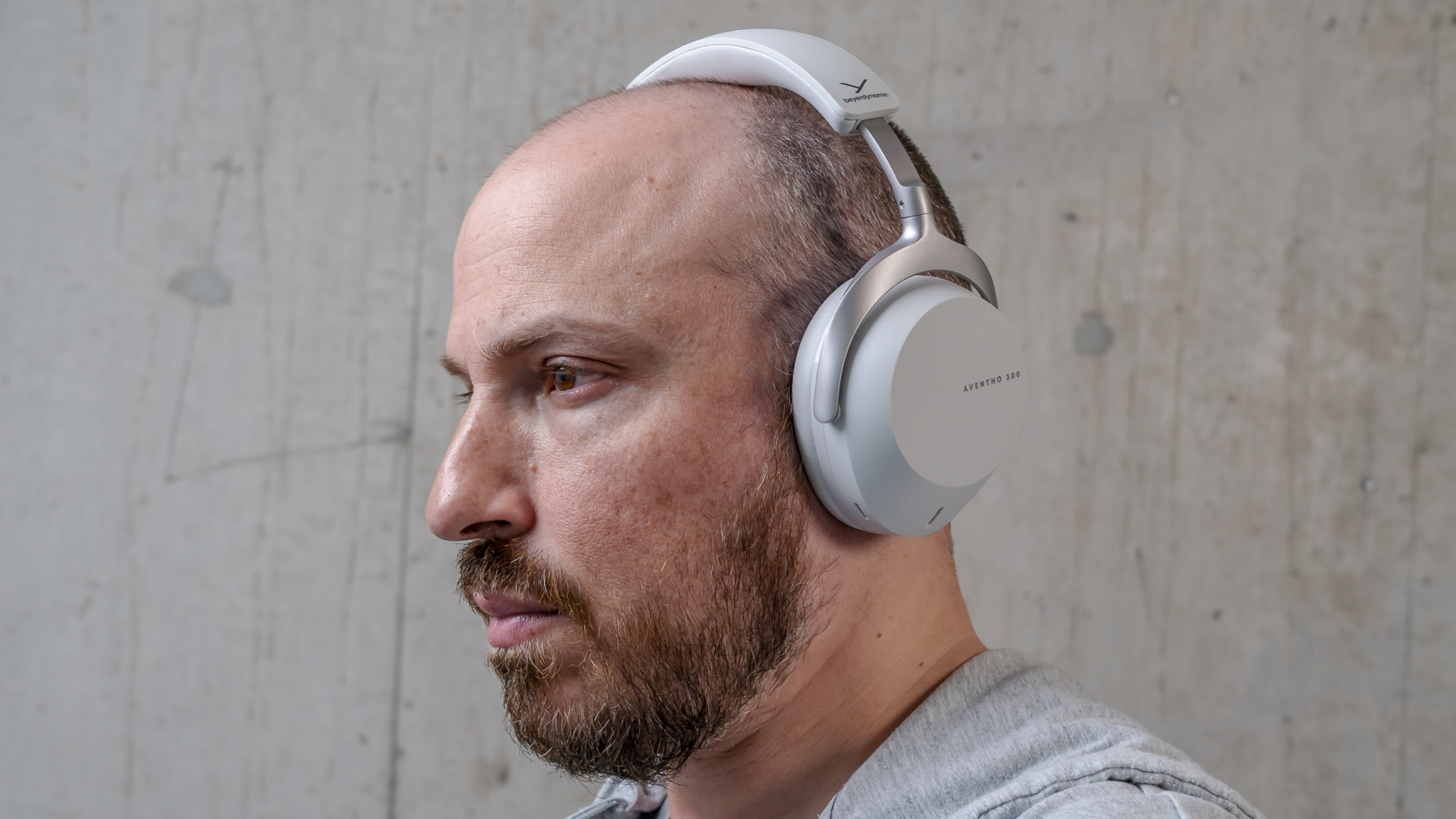
The Aventho 300 represent a newer design philosophy for Beyerdynamic given they don’t look like any pair the company has made before. That’s not to say there’s anything too dramatic going on from the outside. They are, for all intents and purposes, a pretty standard-looking set of cans. The more critical element comes in how the design complements how comfortable they need to be.
Soft cushioning on both ear cups and the headband helps the headphones contour to your head and cover your ears, providing very good passive isolation before you even do anything with them. The combination of metal and plastic gives them a luxurious feel, amplified further by the fact that there’s both a soft pouch and sturdy carrying case in the box.
The challenge is that Beyerdynamic’s engineers might have done better by just making the ear cups slightly wider to accommodate a broader set of ears. As is, you are more likely to find them a nice fit or one that tends to wear on you after a while. It’s so subjective, and that’s why it’s hard for me to qualify it for you either way.
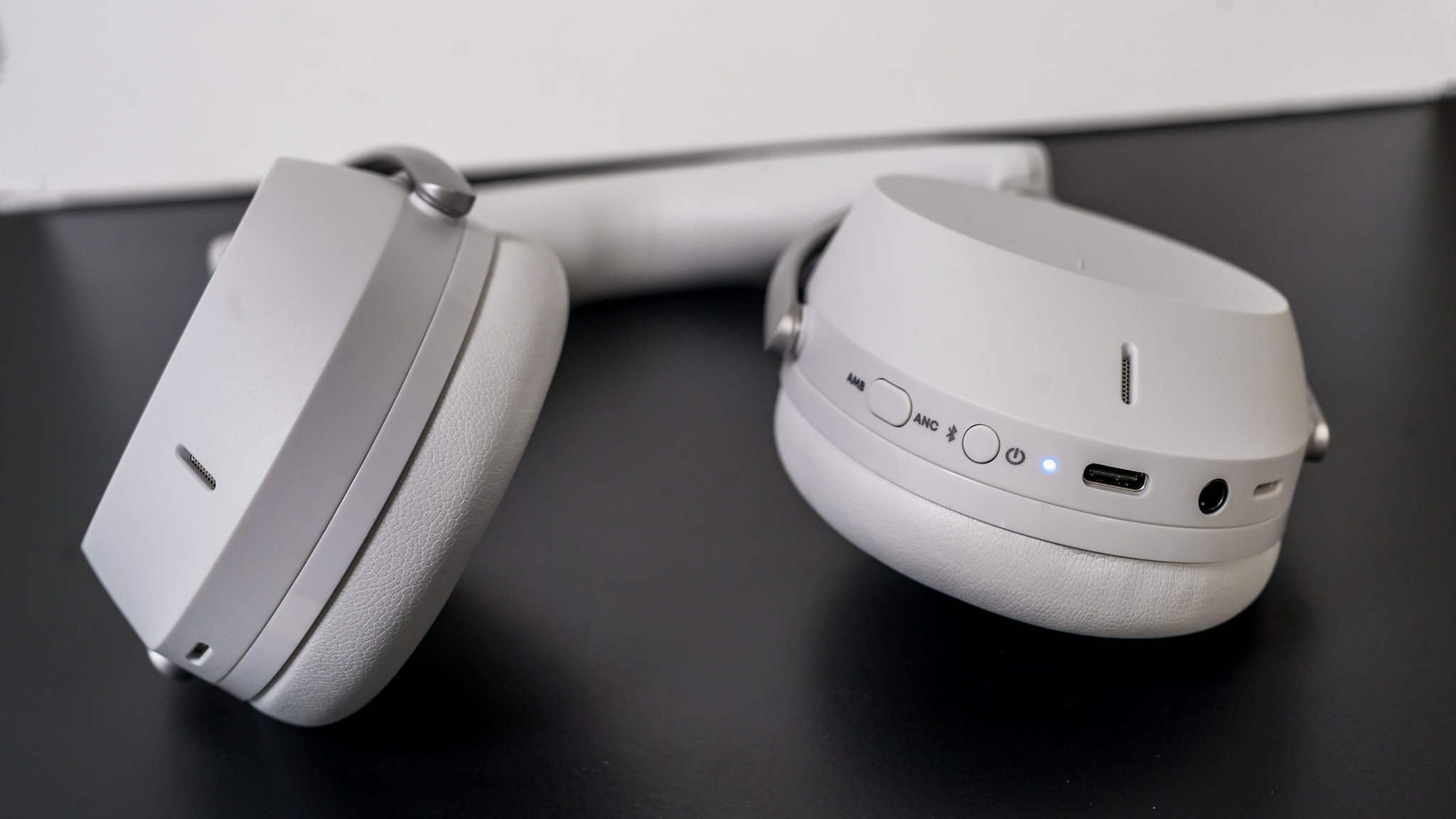
The physical controls and ports are all on the right cup, and they’re easier to manage when you learn the two main buttons: power and ANC/AMB to control active noise cancelation and Transparency mode. I got used to them after a while, to make it really simple to cycle between the two modes. This way, I could listen to something with ANC on, quickly switching to ambient when I needed to hear an announcement or someone talking.
There are wear sensors on board to automatically pause playback when taking them off, resuming again when putting them back on. This can extend to phone calls, where taking them off hangs up the call.
The rest of the control scheme is made up of touch-based gestures on either side. A simple tap will play/pause or accept/end a call. Swipe forward to skip a track or back to go to the previous one. Swipe up or down to control volume. They’re all pretty responsive, and Beyerdynamic does a nice job avoiding false positives, including when you put the headphones on or take them off.
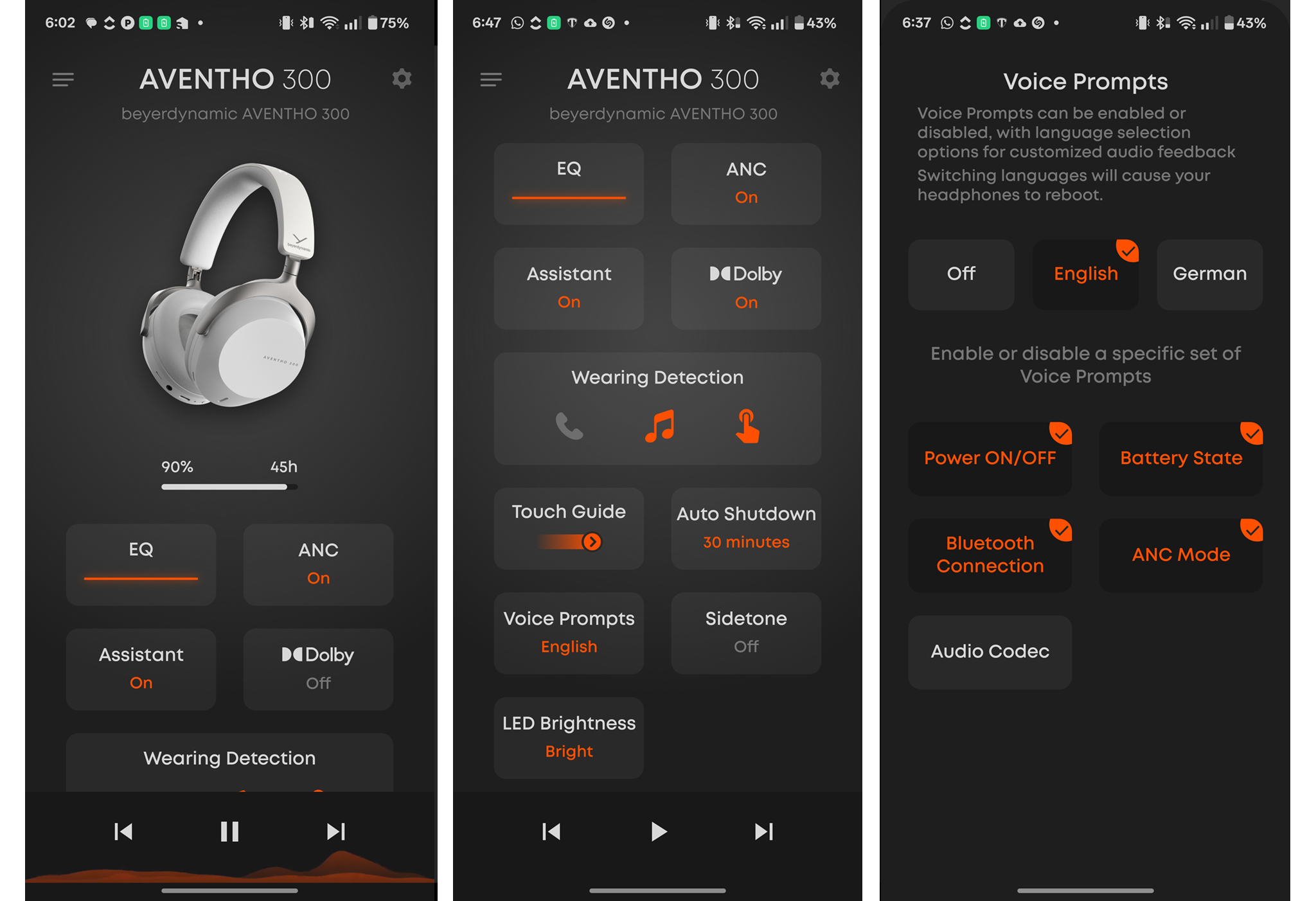
Like pretty much any pair of headphones these days, the dedicated app is a must to get the most out of the Aventho 300. It’s not only where you learn about the various features but also where you update the firmware and take what’s available to personalize your experience. You can’t remap the controls, leaving you the EQ, ANC, and Transparency settings as a means to customize what you want.
Both ANC and Transparency are adaptive, letting you choose between levels 1-5 to determine the potency of the effect. It’s the same layout for Transparency. That’s great for setting each effect to what you want but adjusting either one on the fly requires going through the app, which isn’t always convenient.

These two features also tie into the overall sound, and that’s where the Aventho 300 make for an interesting — and vexing — listen. They support the SBC, AAC, and aptX Adaptive (including Lossless) Bluetooth codecs, giving Android devices an inherent advantage when listening to audio from sources offering higher quality. Even when you aren’t getting that (looking at you, Spotify), you should come away impressed at the balance your ears get.
While definitely thick on the bass, sound quality doesn’t come at the expense of the mids and highs. In fact, the highs might actually be too high, as my ears detected hints of sibilance, especially with rock or smooth jazz tracks where string and brass instruments tend to be prominent.
It’s not common that a pair of over-ear headphones could impress both bass lovers and self-respecting audiophiles, but I do believe both types would like what they hear. Listening to multiple genres, it’s clear to me there’s a broad range in the output they deliver.
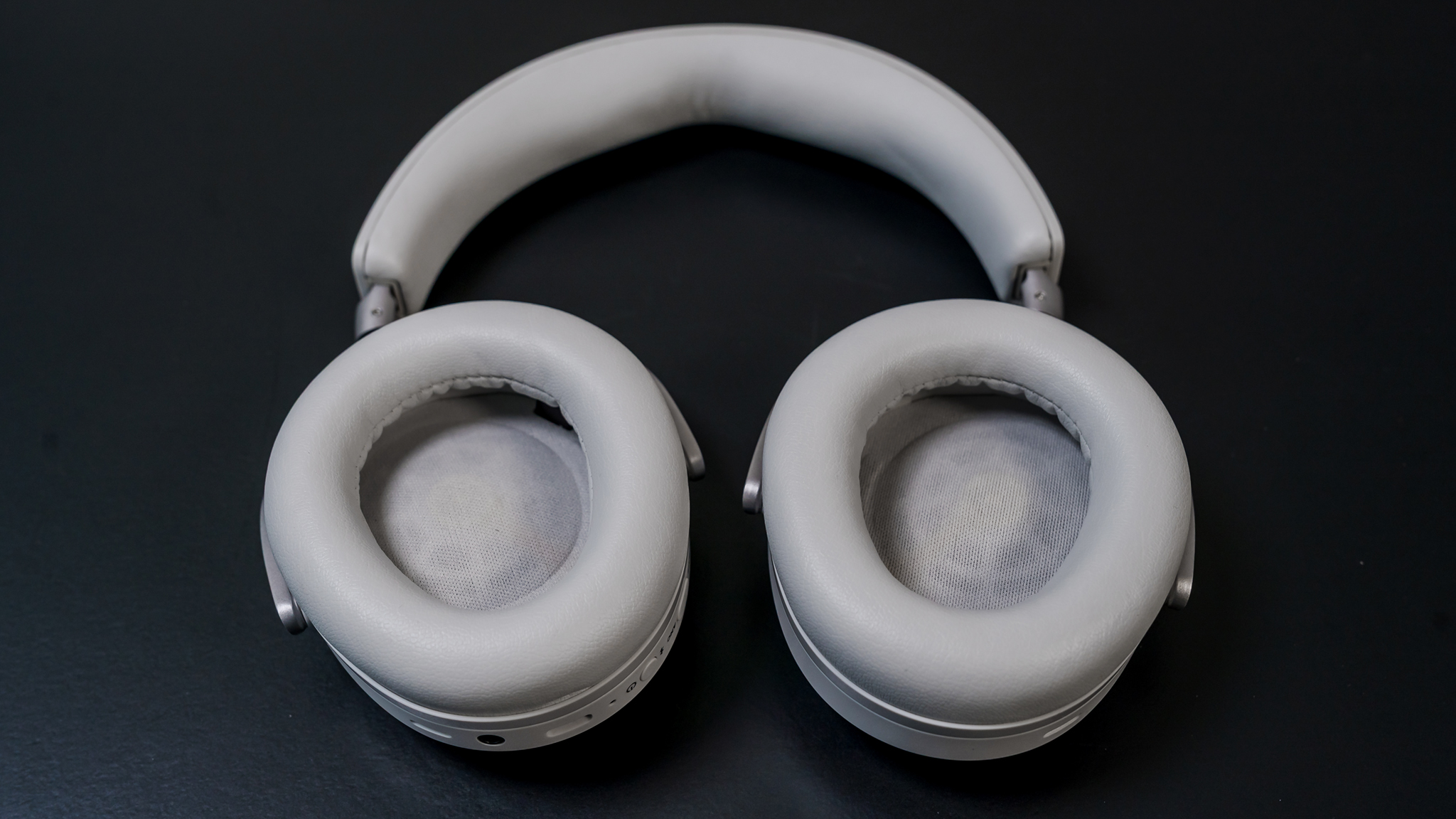
This is all based on the standard sound profile already set up in the EQ. You have the option to go with one of five other presets (neutral, bass, smooth, loudness, speech) or create your own using the 5-band equalizer. It’s also the best way to try and dial back any of the excesses your ears might perceive, or even enhance those you think go too far.
Dolby Atmos support with head tracking is nice to have, especially when listening to tracks offering it, but it’s not mind-blowing. I had mixed reactions with it, where some songs resonated more while others felt hollowed out by the effect. You may find leaving it off is better in most cases.
Expect 50-60 hours per charge if you’re not blasting them above 70% volume.
There’s a cable in the box for wired playback as well. Indeed, I actually got some of the best audio quality by using it to connect an external DAC (digital-to-analog converter) and getting that sonic boost no matter what I was listening to. It’s one way to truly get the most out of the excellent drivers Beyerdynamic equips in these headphones.
With multipoint support, you can also connect them (wirelessly) with two devices at the same time. Work on a laptop, listening to tunes from your phone, and take a call on either device when ready. Call quality is also solid, courtesy of the six microphones doing a good job isolating your voice, though you’ll find results are better the quieter it is around you.
Then there’s battery life, which is just outstanding. Expect 50-60 hours per charge if you’re not blasting them above 70% volume. Those numbers simply crush Sony and Bose, who could barely muster half that, so this is a big win for Beyerdynamic in that regard.
Beyerdynamic Aventho 300: What’s not good
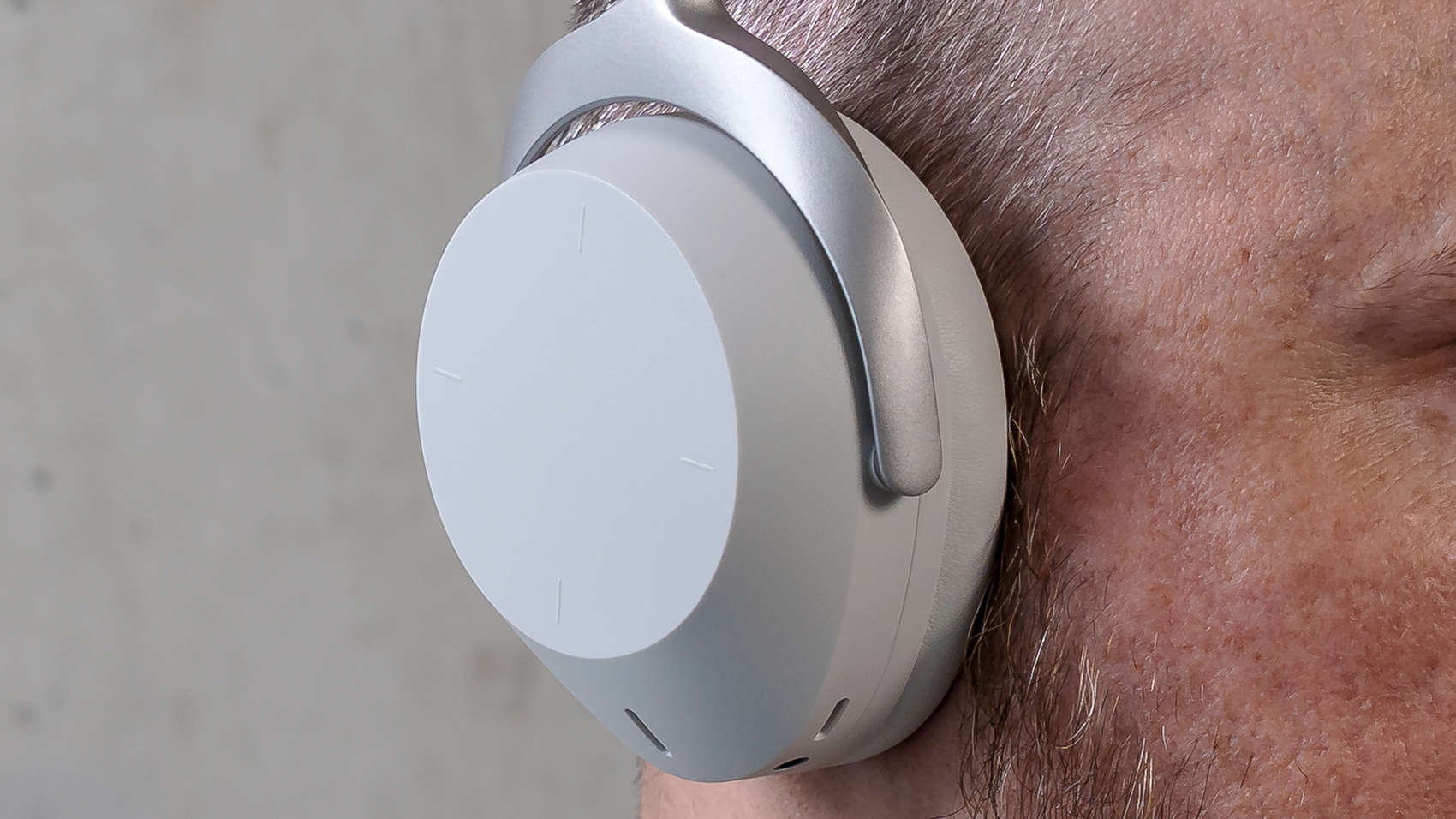
The thing about going up against the best wireless headphones in this category is that you have to do more than a few things really well. That’s simply not the case with how the Aventho 300 handle noise cancellation. It’s not on par with what Sony and Bose deliver, mainly because you have to give something up to get the effect’s full power.
They do well enough to hold back ambient noises. Walking down a busy street, I didn’t hear much around me while listening to a podcast, though sounds still pierced through in ways I wouldn’t expect from $400 cans.
Moreover, switching to music makes the disparity clearer because the tuning changes by boosting the bass and muffling some of the mids. It just feels unnecessary, and while I can understand that ANC affects sound on any pair of headphones, my ears tell me premium pairs get that combination right more often than what’s happening here.
Longer periods had me scratching ear itches in ways other pairs haven’t caused.
Even when you leave ANC off, the sound just feels like it could hit another level but falls a bit short. As much as these may appeal to a wider range of users, $400 headphones should sound exceptional, and it’s hard to get there with these unless you tweak them first.
Then there’s the comfort side of things. Longer periods had me scratching ear itches in ways other pairs haven’t caused. My skin wasn’t reacting to the Aventho 300 with redness or anything like that, just that I’d inevitably have to occasionally take them off just to get comfortable again.
Beyerdynamic Aventho 300: Competition

It’s interesting because I find the Aventho 300 can sound as good as the Bose QuietComfort Ultra and offer better bass than the Sennheiser Momentum 4 Wireless, but aren’t quite as crisp on the highs. I would choose Beyerdynamic’s pair for phone calls over Bose, but not over Sony or Sennheiser. Compared to Sony’s best, the Aventho 300 fall short on all counts.
Since the best wireless headphones are the plateau the Aventho 300 strive for, all the comparisons matter, and that’s why the margin for error is so tight. If this amount of money is burning a hole in your pocket, you may not feel you get full value if it’s for this pair.
Beyerdynamic Aventho 300: Should you buy them?

You should buy these if…
- You want plenty of bass.
- You want balanced sound.
- You like hi-res audio support.
- You want great battery life.
You shouldn’t buy these if…
- You want the best ANC.
- You need better call quality.
- You’re worried about comfort.
It’s not like the Beyerdynamic Aventho 300 are bad headphones. Far from it. It’s just hard to justify the hefty price tag when they’re not exceptional in all the ways that matter. Middling ANC that doesn’t stand out enough means you have to wow people to make up for it through other key features. Battery life certainly helps but it would come down to the sound quality to tip the scales.
These sound very good but not to the point where I can recommend them over a pair from Sony or Bose for the same money. If you come across them at a discount, however, give them a try and you may get better value for what you’re spending.

Dynamic sound
The Beyerdynamic Aventho 300 don’t skimp out on the balanced sound or volume, though too many sounds squeak past the active noise cancelation.
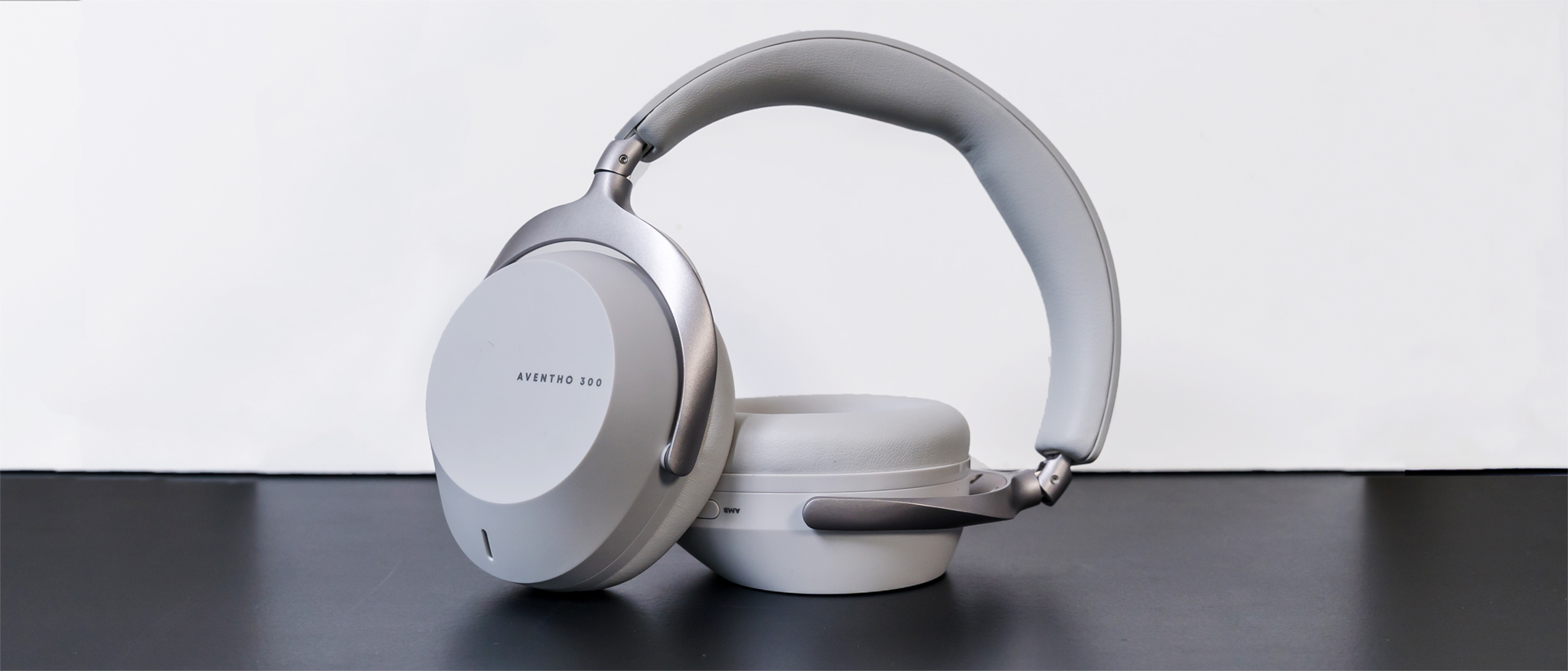

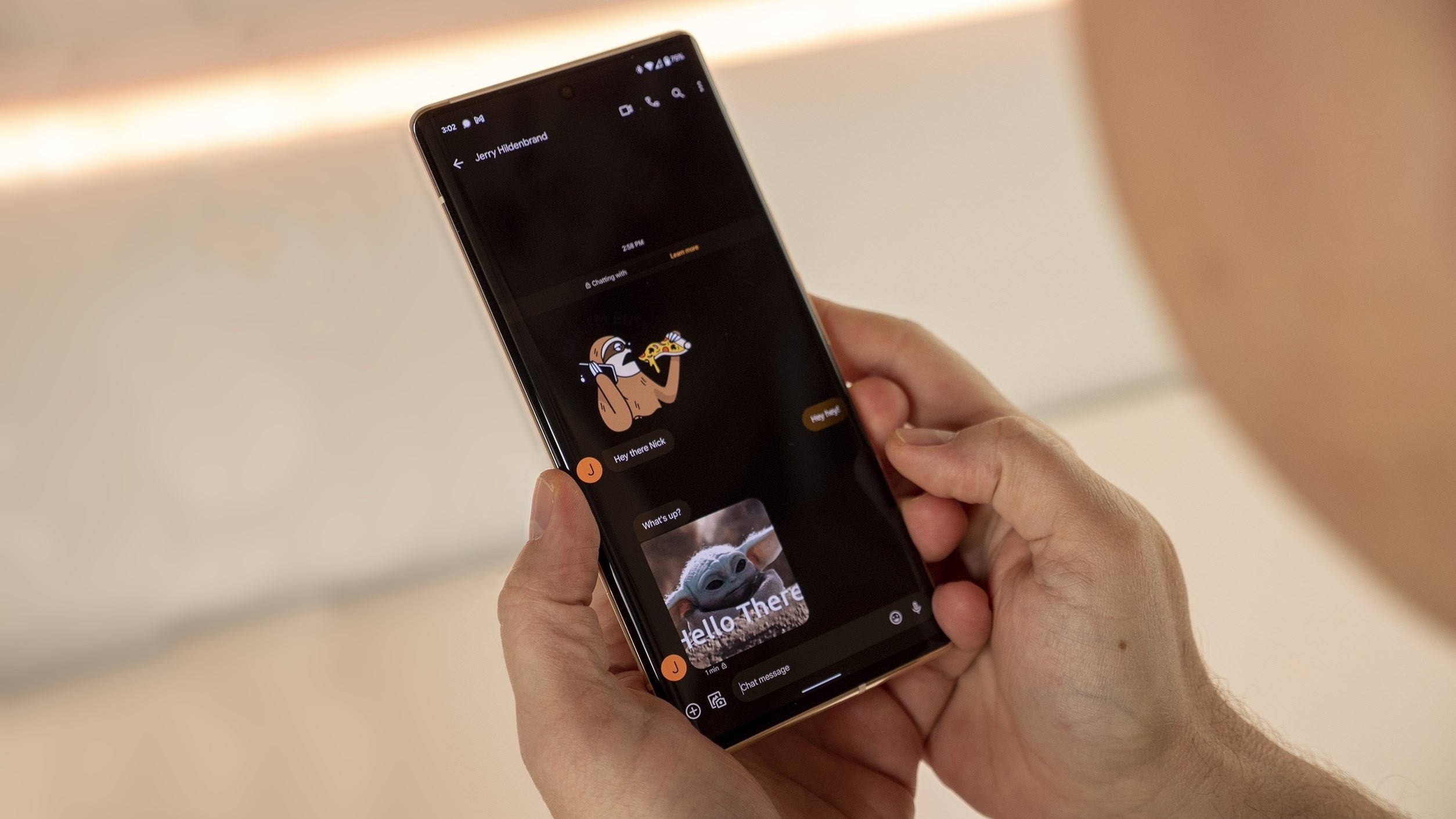











Post Comment